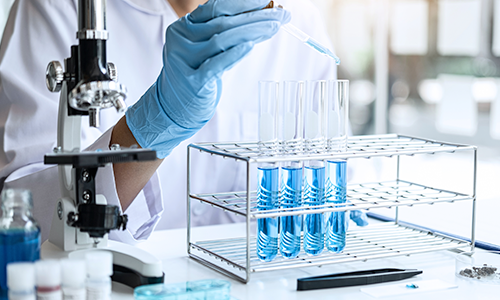How To Optimize Lyophilization with Thermal Analysis
Lyophilization, also called freeze-drying, is the process of removing water from a sample, often for preservation. Lyophilization involves the sublimation of a sample’s water content, usually through a rapid freezing process. Freezing materials quickly helps avoid the destruction of the cell walls in the sample from the formation of large ice crystals.
Details












